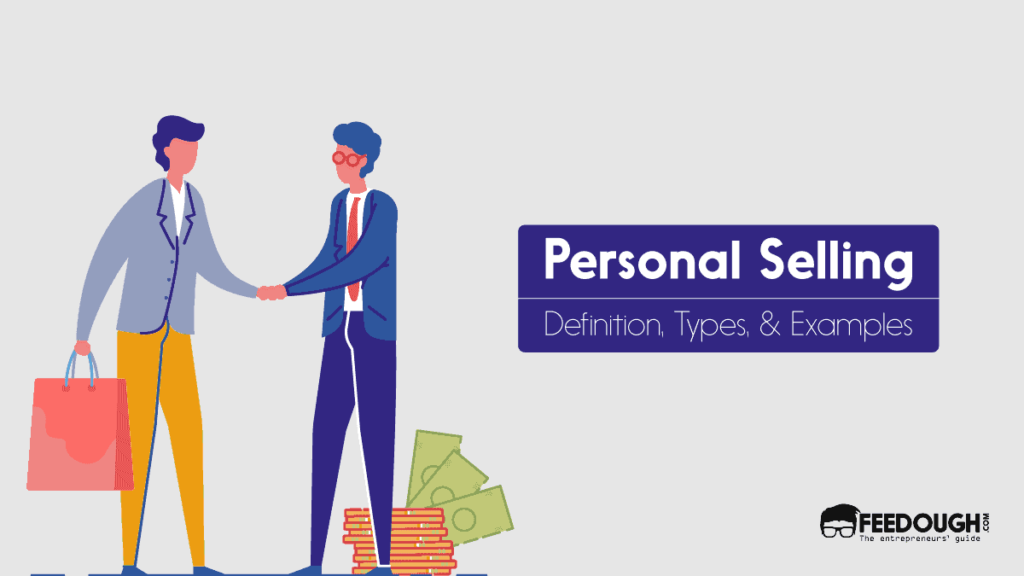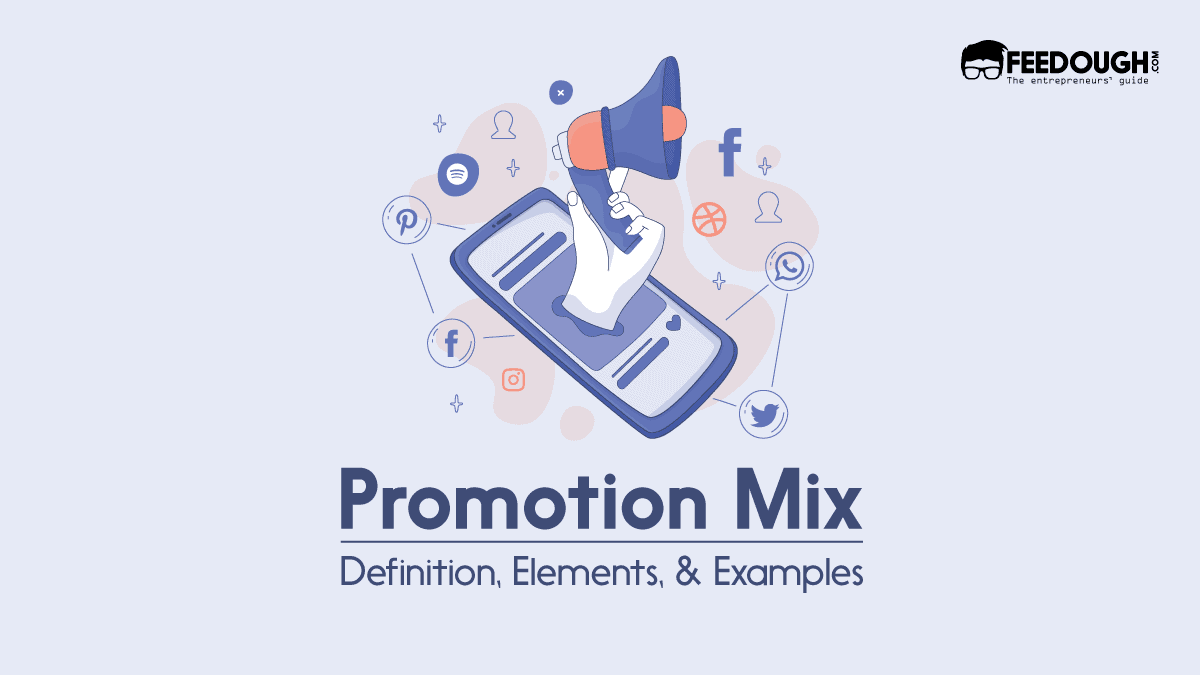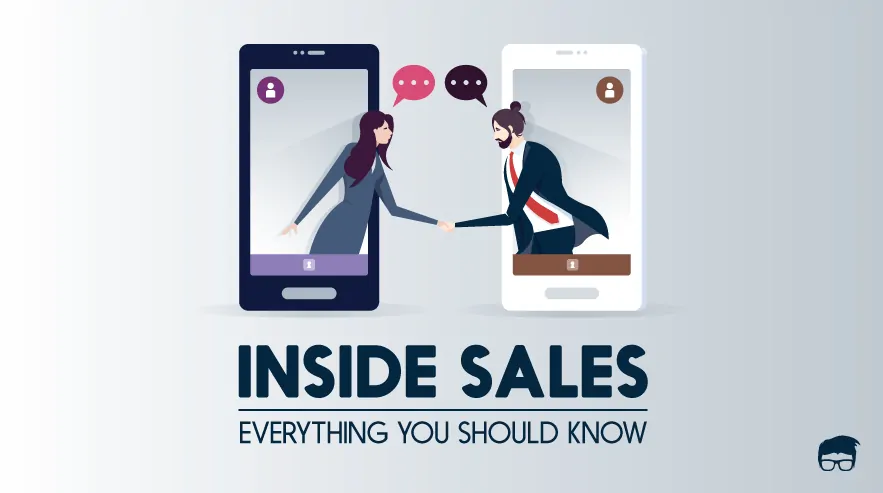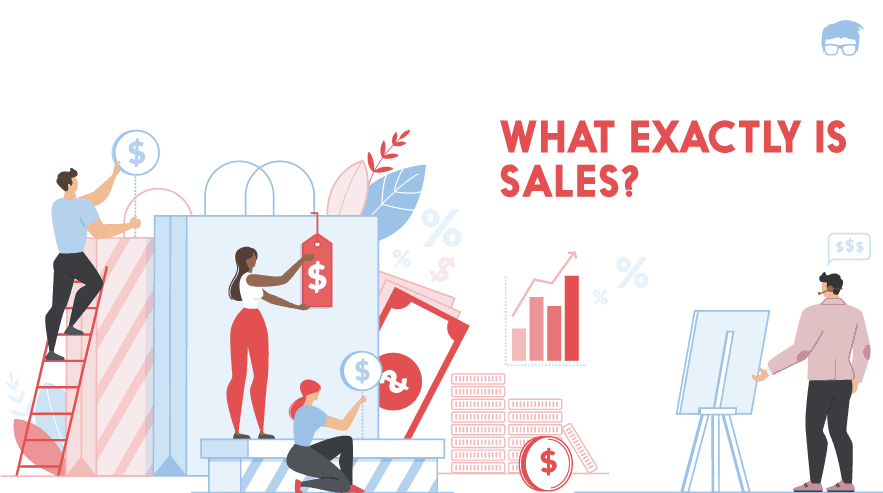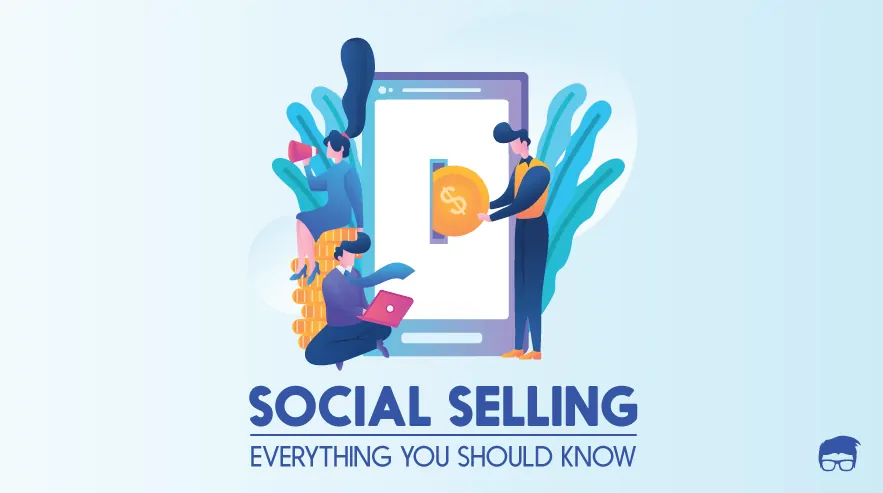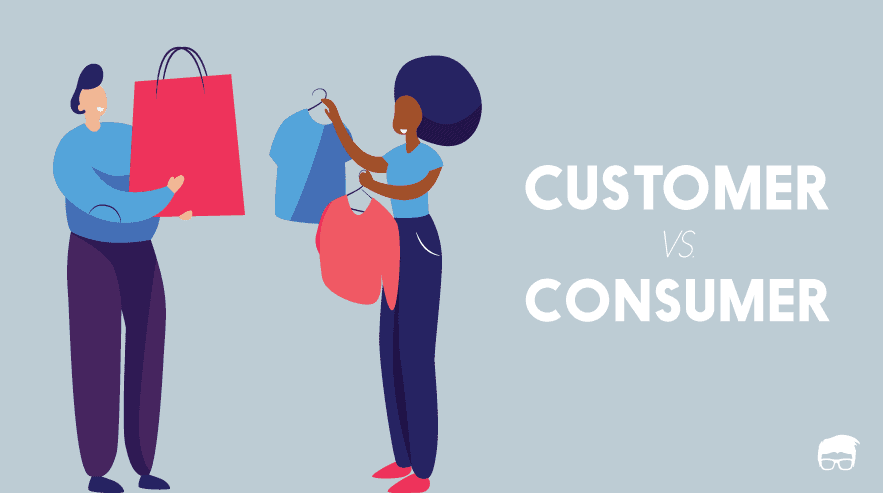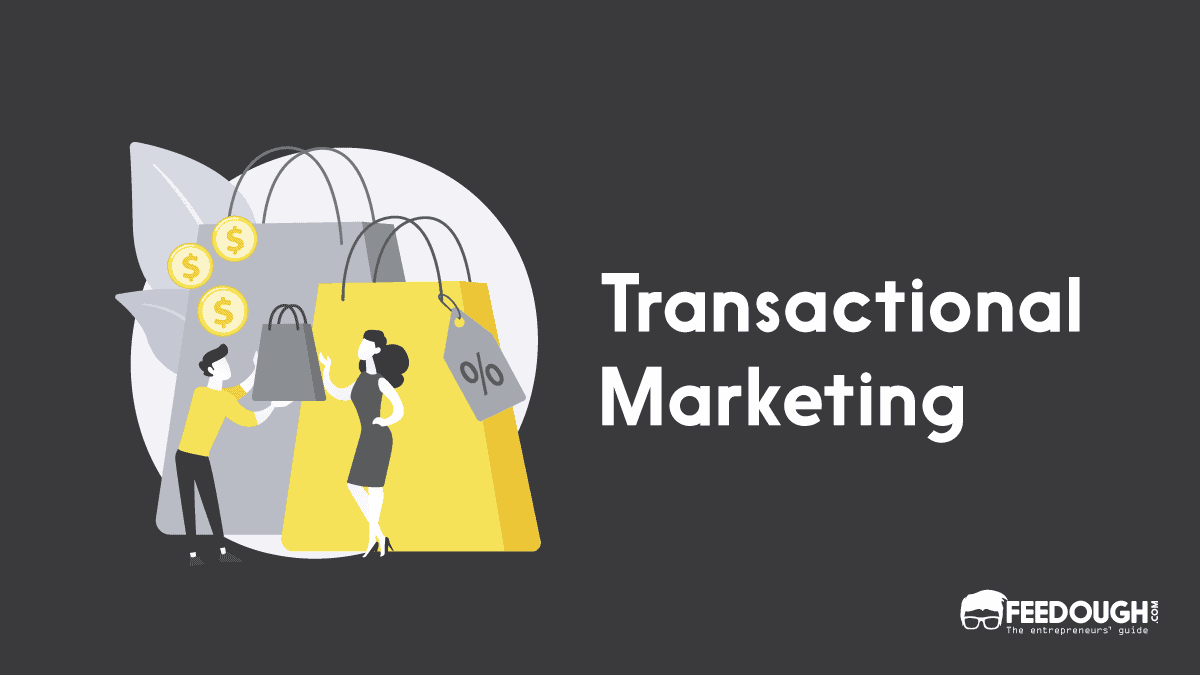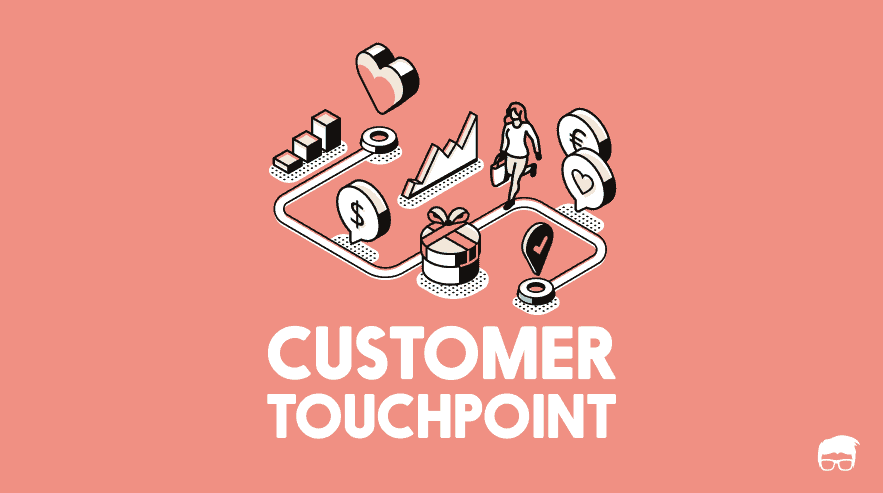Sales isn’t easy. With the increased competition, a salesperson might have to meet the prospective clients one-to-one, explain the features and persuade them to purchase the offering through an individual-to-individual interaction.
This sales technique is personal selling, and it’s an efficient way of increasing sales using in-person interaction.
What Is Personal Selling?
Personal selling is a personalised sales method that employs person-to-person interaction between a sales representative and prospective customers to influence the customer’s purchase decision.
Precisely, it’s a promotional technique where a salesperson:
- Uses person to person communication: Personal selling involves direct contact of the salesperson and the customer.
- To sell an offering: The purpose of personal selling is to motivate and persuade the customer to purchase the intended offering a detailed explanation or demonstration of the product.
- Using a personalised sales strategy: This strategy involves the salesperson to understand the needs and wants of the customers, develop personalised connections, communicate the value of the offering in a way that persuades the customer to buy the offering.
Today, personal selling is considered a business-to-business selling technique but is also used in trade and retail sales.
With the advent of the internet and other communications methods, personal sales isn’t limited to just face-to-face meetings. Salespersons now use video calls, phone calls, IM, and even emails, along with in-person interactions to develop a relationship with prospective customers.
Objective Of Personal Selling
- Build brand and product awareness by educating customers on the company’s offerings and their benefits.
- Increase sales by identifying and persuading the prospects to buy a business’s offering.
- Building close long-term relationships with the customers by enforcing person-to-person two-way communication.
- Supporting the customers of complex, technical, or high-priced items by providing detailed technical information.
- Stimulating the offering’s demand by helping the customers throughout their decision-making process and guiding them towards the business’s offering.
- Reinforcing the brand by building long term relationships with the customers over time by meeting them and helping them in their decision-making process.
Features Of Personal Selling
Personal selling differentiates itself from other sales and promotional techniques by possessing the following characteristics:
- Human contact: It involves person-to-person interaction where a seller interacts directly with the prospective customer and executes a personalised sales strategy according to the customer’s needs, wants, and expectations.
- Development of relationship: Personal selling involves developing a relationship between the seller and the buyer where trust is established, and the prospective buyer can rely on the salesperson. Moreover, this technique even results in the salesperson becoming a part of the buying process.
- Two-way flow of information: Unlike mass marketing, personal selling is characterised by a two-way flow of information. The prospective buyers get their chance to ask questions and clear their doubts directly from the seller before purchasing.
- Quick communication: Since personal selling involves person-to-person interaction, the communication flow is really quick.
- Flexibility: It involves the salesperson to tailor the sales pitch according to the prospective audience’s persona and requirements, making this sales tool flexible.
- Satisfaction: The process of personal selling requires the salesperson to understand the customer’s needs and satisfy the same by offering the customer the opportunity to buy something he has to offer.
- Persuasion: Personal selling isn’t just about informing prospective customers about the company’s offerings. It also involves using the power of persuasion to make customers accept the seller’s point of view or convince the customer to take a particular action.
Importance Of Personal Selling
Personal selling is an essential sales tool in selling complex and technical offerings that require human contact, personalisation, persuasion, and quick communication.
Usually, high priced items use personal selling as it helps the business inform and persuade the customer using personalised selling methods to gain more trust.
It is also considered an important promotional tool in B2B sales as such sales involve fewer prospects and high transaction costs.
Types Of Personal Selling
Generally, personal selling can be categorised into three types based on the sales activity and salesperson involved. These are:
- Order Takers: Order takers receive requests and queries from the customers. In simple terms, the customer approaches these salespersons. They usually hold positions like retail sales assistant or telemarketer and focus mainly on determining customer needs and pointing to inventory that meets such needs.
- Order Getters: Order getters reach out to new prospects and persuade them to make a direct purchase. These are in-field salespersons who bring in new clients to the business.
- Order Creators: Order creators don’t close the deal, but persuade the customers to promote the business’s offering, leading to sales eventually. For example, a pharmaceutical company reaching out to a doctor to persuade him to prescribe the company’s medicine.
Personal Selling Advantages And Disadvantages
Personal selling, just like other elements of the promotion mix, comes with its own set of advantages and disadvantages.
Advantages
- Conveys more information: Personal selling helps the business convey more information than any other form of promotion. It is all about understanding the customers’ needs, finding an opportunity in it, and capitalising on it by developing a relationship with them while convincing them to try the company’s product.
- Creates more impact: It’s more impactful as the salesperson assist the customer throughout the buying process, answering questions, and solving doubts.
- Supports two-way communication: Unlike other promotional tools like advertising or public relations, personal selling allows the customers to communicate with the business and clear their doubts before making the purchase.
- Boosts relationship with the customer: Personal sales last long, include interpersonal relationships, and capitalises on trust between the salesperson and the customer.
Disadvantages
- Expensive: Since personal selling person-to-person contact, it is substantially more expensive than other forms of sales tools as a human can approach only a few prospects in a specified time period.
- Labour extensive: Personal sales require a lot of effort from the salespersons’ side, and it may take considerable time and resources to convert a prospect to a final customer.
- Limited reach: Since personal sales is a one-to-one promotional tool, its reach is limited compared to other tools like advertising or public relations.
Personal Selling Examples
Personal selling is one of the most traditional sales methods used by businesses. The sales history started with personal sales where salesperson conducted face-to-face interactions with prospective customers, inquiring about their needs and wants, and suggesting their business’s offering to the customers.
Today, one can witness personal sales in:
- Retail Stores: Retail stores like Walmart, Ikea, etc. employ a sales staff that help customers choose the best product according to their own needs and wants.
- Door-to-Door Sales: Some B2C businesses (like Gillette) and B2B businesses (like PayTM) employ sales staff that visit prospective customers homes and offices to educate them about the company’s offerings and persuade them to use or buy the same.
- B2B Outreach: B2B salespersons often outreach prospective clients online or offline and use person-to-person communication to close sales.
How Personal Selling Works?
The personal selling process involves a business to hire skilled sales staff that can approach prospects, understand their pain points, and satisfy their needs by making them buy or try the business’s offerings.
These salespersons receive specialised training to develop an apt sales funnel, have a fruitful interaction with prospective customers, gain trust, develop relationships, and eventually, conduct sales.
Personal Selling Process
Salespersons follow a specific personal selling process to make the sales happen. This process involves eight steps. These are:
- Prospecting: The first step involves the salesperson to generate prospects, i.e. target customers belongs to the market segment the business targets. Sales representatives use several techniques to generate such prospects, like cold calling, cold emailing, social selling, referrals, etc.
- Qualifying leads: Once prospects are found, salespersons classify them as qualified or unqualified based on whether the prospect will be interested in trying or buying the offering. This is done by filtering clients who can afford the product, need the product, and are looking to make a purchase soon.
- Pre-approach: This includes everything a salesperson does before he reaches out to the prospective customer. This involves researching the prospect and using this data to prepare and plan the sales pitch.
- Approach: This is the first time the sales representative approaches the client and holds a one-to-one conversation. The salesperson uses this approach to learn more about the customer’s needs and understand their pain points to make a strategy on how to present the business’s offering to them.
- Sales presentation: The salesperson uses the information collected during the approach phase and mends it to make a sales presentation that’s personal to the client. This presentation is usually made during a face-to-face or a person-to-person meeting where the sales representative demonstrates how the offering works and how it caters to the customer’s pain points.
- Handling objections: Once the sales presentation is completed, the customer usually comes up with questions, doubts, and concerns. This phase involves the sales representative to handle such concerns and win the customer’s trust by answering questions and directing him in the right way.
- Closing Sales: Once the objections are settled, the customer moves on to purchase the offering. The salesperson helps the client with every step to closing the deal.
- Following up: After the sales, the salesperson makes sure that the customer is satisfied with his purchase, and to do that, the salesperson takes periodic follow-ups with the client.
Go On, Tell Us What You Think!
Did we miss something? Come on! Tell us what you think about our article in the comments section.
A startup consultant, digital marketer, traveller, and philomath. Aashish has worked with over 20 startups and successfully helped them ideate, raise money, and succeed. When not working, he can be found hiking, camping, and stargazing.
